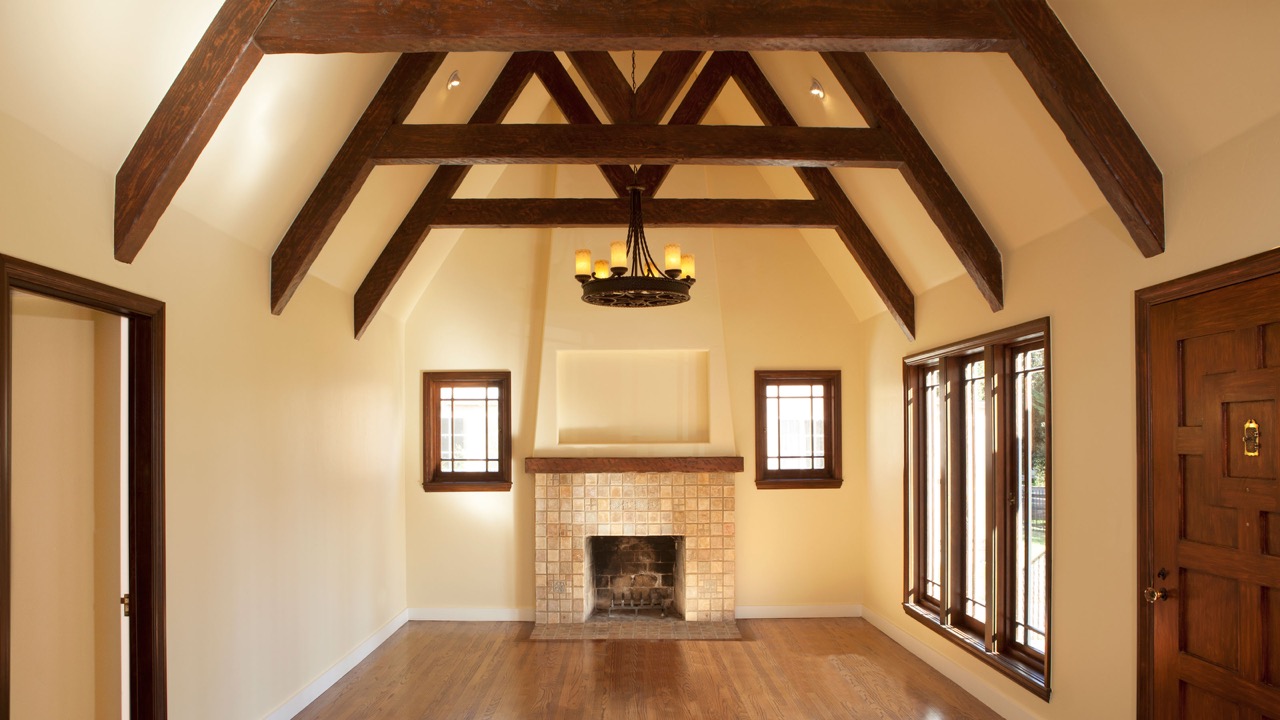

Articles
How Much To Vault A Ceiling
Modified: August 28, 2024
Looking for articles on how much it costs to vault a ceiling? Find all the information you need, from materials to labor expenses, in this comprehensive guide.
(Many of the links in this article redirect to a specific reviewed product. Your purchase of these products through affiliate links helps to generate commission for Storables.com, at no extra cost. Learn more)
Introduction
Have you ever looked up at your ceiling and thought it needed a bit more flair? If so, vaulting your ceiling might be the perfect solution. Vaulted ceilings are not only aesthetically pleasing, but they also create an illusion of spaciousness and add a touch of elegance to any room. However, before embarking on a ceiling vaulting project, it’s essential to understand the factors that can affect the cost and the different types of vaulted ceilings available.
When considering a ceiling vaulting project, there are several factors to take into account. The size of the room, the complexity of the design, and the materials used can all play a role in determining the overall cost. Additionally, hiring a professional versus attempting a DIY project can also impact the final price.
There are various types of vaulted ceilings to choose from, each with its own unique characteristics. Some popular options include barrel vaults, cove vaults, and groin vaults. Each style offers different architectural elements and can be customized to suit your personal taste and the overall design of the room.
Before embarking on a ceiling vaulting project, it’s important to gather the necessary materials and tools. These may include structural supports, lumber, drywall, insulation, and various hand and power tools. Having a comprehensive list of materials and tools will ensure a smooth and efficient process.
In this article, we will provide a step-by-step guide on how to vault a ceiling, allowing you to tackle the project with confidence. We will also discuss the pros and cons of hiring a professional versus doing it yourself, along with providing a cost breakdown to help you budget accordingly. Additionally, we will share some tips on how to save money when vaulting a ceiling and highlight the advantages and disadvantages of having a vaulted ceiling in your home.
So, if you’re ready to transform your space with a stunning vaulted ceiling, continue reading to learn everything you need to know about the process, cost, and considerations.
Key Takeaways:
- Vaulting a ceiling can add elegance and spaciousness to any room, but factors like size, complexity, and materials can impact the cost. Consider DIY options and consult professionals for structural modifications.
- When considering a vaulted ceiling, weigh the pros and cons, such as enhanced aesthetics and increased energy costs. Careful planning, budgeting, and professional consultation are essential for a successful project.
Read more: What Is A Vaulted Ceiling
Factors Affecting the Cost of Vaulting a Ceiling
Vaulting a ceiling can be an exciting home improvement project, but it’s important to consider the factors that can impact the cost before diving in. Understanding these factors will help you plan and budget accordingly. Here are the key elements that can affect the cost of vaulting a ceiling:
- Size of the Room: The size of the room plays a significant role in determining the overall cost of vaulting a ceiling. Larger rooms typically require more materials, such as additional lumber and drywall, which can increase the expenses. Additionally, the size of the room may influence the complexity of the design and the labor required.
- Complexity of the Design: The complexity of the vaulted ceiling design can impact the overall cost. Intricate designs, such as dome or ribbed vaults, may require more construction planning, skilled labor, and specialized materials, leading to higher expenses. On the other hand, simpler designs, like basic vaulted ceilings, can be more affordable.
- Materials Used: The choice of materials for vaulting a ceiling can greatly affect the cost. High-quality materials, such as solid wood beams, premium insulation, and decorative finishes, are typically more expensive compared to basic materials. It’s important to consider your budget and desired aesthetic when selecting the materials for your vaulted ceiling.
- Structural Modifications: If your existing ceiling is not suitable for vaulting, structural modifications may be required. This can include reinforcing the ceiling joists, adding support beams, or making changes to the roof structure. These modifications can add to the overall cost of the project, as they often involve additional labor and materials.
- Location and Accessibility: The location of your home and the accessibility to the workspace can impact the cost of vaulting a ceiling. If your home is in a remote area or difficult to access, transporting materials and equipment may be more challenging and costly. Additionally, if structural modifications are required, limited access can increase labor expenses.
- Hiring a Professional vs. DIY: The decision to hire a professional contractor or tackle the project yourself can also affect the cost. Hiring a professional ensures expertise, efficiency, and often comes with a warranty. However, professional services can be more expensive. On the other hand, a DIY approach may save money on labor costs, but it requires time, skill, and potentially costly mistakes if not done correctly.
It’s important to consider these factors when estimating the cost of vaulting a ceiling. By carefully planning and budgeting for these elements, you can ensure a smooth and successful vaulted ceiling project that fits within your financial means.
Types of Vaulted Ceilings
Vaulted ceilings come in various styles, each offering its own unique architectural elements and aesthetics. Choosing the right type of vaulted ceiling for your space can enhance the overall design and add a touch of elegance. Here are some popular types of vaulted ceilings:
- Barrel Vault: Also known as a tunnel vault, a barrel vault is characterized by a semi-cylindrical shape. This type of vaulted ceiling resembles the interior of a barrel or tunnel, with a smooth, curved surface. Barrel vaults are often used in hallways, entryways, or long corridors to create a sense of drama and elongation.
- Cove Vault: A cove vault features a concave curvature that transitions smoothly from the wall to the ceiling. This style creates a soft, rounded look and is often used to add a touch of elegance and sophistication to living rooms, dining areas, or bedrooms.
- Groin Vault: The groin vault, also known as a cross vault, is formed by the intersection of two barrel vaults at a right angle. It creates a visually striking architectural element and is commonly found in cathedrals and churches. Groin vaults can also be adapted to residential spaces to add a sense of grandeur and drama to rooms.
- Dome Vault: A dome vault, as the name suggests, is a spherical or hemispherical ceiling that creates a sense of openness and grandeur. This type of vaulted ceiling is typically seen in large foyers or gathering spaces, as it provides an impressive focal point and allows for ample natural light.
- Ribbed Vault: Ribbed vaults feature a series of decorative ribs that run along the ceiling, creating a visually pleasing geometric pattern. This style is often associated with Gothic architecture and adds a sense of intricacy and elegance to spaces such as cathedrals, chapels, or historic buildings.
When choosing the type of vaulted ceiling for your space, consider the architectural style of your home, the purpose of the room, and your personal design preferences. Each vaulted ceiling style offers a unique look and can greatly enhance the ambiance and visual appeal of your space.
It’s important to consult with a professional architect or designer to determine the feasibility and appropriateness of the desired vaulted ceiling type for your specific space. They can provide expert advice and guidance on how to achieve the desired aesthetics and functionality while considering structural integrity and safety.
Materials and Tools Needed for Vaulting a Ceiling
Embarking on a project to vault a ceiling requires careful planning and the gathering of appropriate materials and tools. Having a comprehensive list of items will ensure a smooth and efficient process. Here are the essential materials and tools needed for vaulting a ceiling:
Materials:
- Lumber: Depending on the size of the room and the complexity of the design, you will need various sizes of lumber, such as 2x4s or 2x6s, to create the structural framework for the vaulted ceiling.
- Drywall: Drywall sheets are necessary for covering the ceiling framework and creating a smooth surface. Consider using moisture-resistant drywall in areas prone to high humidity, such as bathrooms or kitchens.
- Insulation: Insulation helps regulate temperature and soundproofing within the space. Choose insulation with the appropriate R-value for your climate and energy efficiency needs.
- Screws and Nails: Use screws and nails to secure the lumber and drywall together. Make sure to use the appropriate length and type of fasteners for the specific materials being used.
- Joint Compound: Joint compound is used to fill and smooth the seams between drywall sheets. It’s crucial for achieving a seamless, finished look on the vaulted ceiling.
- Sanding Materials: Sandpaper and sanding blocks are essential for smoothing the joint compound and preparing the surface for painting or finishing.
- Paint or Finishing Materials: Choose paint or finishing materials that complement your desired aesthetic for the vaulted ceiling. Consider using a roller or paint sprayer for efficient coverage.
- Decorative Elements: If you want to add decorative elements, such as crown molding, medallions, or trim, gather the necessary materials to complete the desired look.
Tools:
- Tape Measure: A tape measure is crucial for accurately measuring the dimensions of the room and materials.
- Level: Use a level to ensure that the framework and drywall are installed straight and level.
- Saw: Depending on your preference and the type of lumber being used, a circular saw, jigsaw, or handsaw may be required for cutting the lumber and drywall.
- Screwdriver and/or Drill: Use a screwdriver or drill to insert screws and fasten the materials together securely.
- Trowel and Putty Knife: A trowel is useful for applying joint compound, while a putty knife helps to spread and smooth the compound.
- Sanding Tools: Sandpaper, sanding blocks, or an electric sander are necessary for smoothing the joint compound and creating a finished surface.
- Paintbrushes and Rollers: Depending on the paint or finishing materials chosen, you will need brushes and rollers for application.
- Safety Equipment: Always prioritize safety when working on any construction project. Eye protection, gloves, and a dust mask are essential for protecting yourself during the process.
Before starting the project, ensure you have all the necessary materials and tools on hand. This will help you work efficiently and achieve the desired results for your vaulted ceiling.
Step-by-Step Guide to Vaulting a Ceiling
Vaulting a ceiling may seem like a daunting task, but with careful planning and the right approach, it can be a rewarding DIY project. Follow this step-by-step guide to successfully vault a ceiling:
- Plan and Design: Take measurements of the room and plan the design for your vaulted ceiling. Consider factors such as the desired height, type of vaulted ceiling, and any decorative elements you want to incorporate.
- Prepare the Space: Move furniture and cover the floors and walls with protective sheets to prevent damage during the construction process.
- Install Temporary Supports: If necessary, install temporary supports to hold up the ceiling while you work on creating the vaulted ceiling structure. This step is crucial for maintaining the integrity of the existing ceiling until the new framework is in place.
- Create the Framework: Use lumber to build the framework for the vaulted ceiling. This includes installing ceiling joists, support beams, and any additional structural elements required for the specific vaulted ceiling design.
- Install Insulation: Place insulation between the ceiling joists to improve energy efficiency and soundproofing. Ensure a proper fit and secure the insulation in place.
- Attach the Drywall: Cut drywall sheets to fit the vaulted ceiling framework and attach them securely with screws. Use a level to ensure the drywall is properly aligned and flush with the framework.
- Mud and Tape: Apply joint compound to the seams between the drywall sheets. Place drywall tape over the seams and use a trowel or putty knife to smooth the compound. Allow the compound to dry, and then sand the surface to create a seamless finish.
- Paint or Finish: Apply your chosen paint or finishing materials to the vaulted ceiling. Use brushes or rollers to achieve an even finish. Allow the paint or finishing materials to dry according to the manufacturer’s instructions.
- Clean Up: Remove protective sheets, clean up any debris, and return furniture to the room. Inspect the vaulted ceiling for any touch-ups or adjustments needed.
It’s important to note that vaulting a ceiling can be a complex project, especially if it involves structural modifications or intricate designs. If you are unsure about any step or lack the necessary skills, it is recommended to consult with a professional contractor or architect who specializes in this type of work.
By following this step-by-step guide and exercising caution throughout the process, you can successfully vault a ceiling and transform your space with a stunning architectural feature.
When vaulting a ceiling, consider the structural implications and consult with a professional to ensure the safety and integrity of the building.
Read more: How To Decorate A Vaulted Ceiling Wall
Hiring a Professional vs. DIY Vaulted Ceiling
When it comes to vaulting a ceiling, one of the key decisions you’ll need to make is whether to hire a professional or take on the project yourself. Both options have their advantages and considerations, and it’s essential to weigh them carefully before making a decision.
Hiring a Professional:
- Expertise and Experience: Professional contractors who specialize in vaulted ceilings have the knowledge and experience to handle the complexities of the project. They understand structural integrity, design considerations, and proper installation techniques.
- Efficiency: Professionals are trained to work efficiently and complete projects within a specific timeframe. They have access to specialized tools, equipment, and a team of skilled workers, allowing them to finish the job more quickly than an inexperienced DIYer.
- Quality Workmanship: Hiring a professional ensures a higher level of quality and craftsmanship. They have the expertise to create a precise and flawless vaulted ceiling, resulting in a stunning and professionally finished space.
- Warranty: Most reputable contractors provide warranties for their work, giving you peace of mind knowing that any issues or repairs will be taken care of within a specified period.
DIY Vaulted Ceiling:
- Cost Savings: One of the primary motivations for choosing the DIY route is the potential cost savings. By avoiding labor costs, you can save a significant amount of money, especially if you’re comfortable with hands-on work and have some construction experience.
- Personal Satisfaction: Taking on a DIY project can be a rewarding experience, allowing you to learn new skills and take pride in the finished result. It provides the opportunity to personalize your space and be actively involved in the creation of your vaulted ceiling.
- Flexibility and Control: With a DIY project, you have the flexibility to work at your own pace and make design decisions as you go. You have full control over every aspect of the project, from the materials chosen to the design elements incorporated.
- Learning Experience: DIY projects provide an opportunity to expand your knowledge and skills in construction. You can learn valuable lessons and gain experience that can be applied to future projects.
Before deciding to tackle a vaulted ceiling as a DIY project, consider the complexity of the design, your experience and skill level, and the time you have available. Certain vaulted ceiling styles, such as ribbed vaults or domes, may require advanced construction techniques that are best left to professionals.
If you choose the DIY route, it’s crucial to educate yourself on the necessary techniques, safety precautions, and building codes. Consult with experts, reference reliable resources, and take the time to plan and prepare adequately.
Ultimately, the decision to hire a professional or go the DIY route depends on your personal circumstances, budget, and comfort level with the project. Remember to prioritize safety and quality when making your decision, and be realistic about your capabilities.
Cost Breakdown of Vaulting a Ceiling
When planning a vaulted ceiling project, it’s essential to understand the potential costs involved. The total cost can vary depending on factors such as the size of the room, the complexity of the design, the materials used, and whether you choose to hire a professional or tackle the project yourself. Here is a breakdown of the typical costs associated with vaulting a ceiling:
- Materials: The cost of materials will vary depending on the size of the room and the type of vaulted ceiling you are creating. This may include lumber, drywall, insulation, screws and nails, joint compound, sanding materials, paint or finishing materials, and any decorative elements. On average, materials can range from $1,000 to $5,000 or more, depending on the scope of the project and the quality of materials chosen.
- Labor: If you choose to hire a professional contractor, labor costs will be a significant portion of the overall expense. Labor costs can vary depending on the contractor’s expertise, location, and the complexity of the project. On average, labor costs for vaulting a ceiling can range from $2,000 to $10,000 or more, depending on the scope and time required for completion.
- Structural Modifications: In some cases, structural modifications may be necessary to accommodate a vaulted ceiling. This could involve reinforcing joists, adding support beams, or making changes to the roof structure. Structural modifications can significantly impact the cost, ranging from $1,000 to $5,000 or more, depending on the extent of the alterations needed.
- Permits and Inspections: Depending on your location, you may need to obtain permits and have inspections conducted during the vaulting process. Permit costs can range from $100 to $500 or more, depending on local regulations and requirements.
- Additional Costs: There may be additional expenses to consider, such as renting equipment or hiring subcontractors for specialized tasks. These costs can vary depending on the specific requirements of your project.
It’s important to note that the cost breakdown provided is a general estimate, and prices can vary depending on various factors. It’s recommended to obtain multiple quotes from contractors, research material costs, and consider any additional expenses specific to your project.
If you choose to undertake the project yourself, the cost of labor can be eliminated. However, it’s crucial to factor in the value of your time, as well as the potential for mistakes or rework that could increase overall costs.
It’s advisable to create a budget that accounts for all potential costs and allocate funds accordingly. By properly budgeting and planning for each aspect of the project, you can ensure a smoother and more financially manageable vaulted ceiling project.
Tips for Saving Money on Vaulting a Ceiling
Vaulting a ceiling can be a significant investment, but there are several ways to save money without compromising on quality. Here are some tips to help you save money on your vaulted ceiling project:
- DIY where possible: Taking on some of the tasks yourself can save on labor costs. For example, if you have basic carpentry skills, you can handle framing and some of the installation work. However, be honest with your abilities and consult professionals for complex structural modifications or intricate designs.
- Compare quotes: Get multiple quotes from different contractors to ensure you’re getting a fair price for the work. Compare the breakdown of each quote, including labor, materials, and any additional costs, to make an informed decision.
- Research and source materials: Take the time to research and compare prices for materials. Look for deals, sales, or discounts at local hardware stores or online suppliers. Buying materials in bulk or during sales can help reduce costs.
- Reuse materials: If feasible, consider repurposing or reusing certain materials from your existing ceiling during the vaulting process. For example, salvaging lumber or insulation that is still in good condition can help reduce expenses.
- Opt for cost-effective options: Consider choosing cost-effective materials that still meet your aesthetic and functional requirements. Look for affordable alternatives for items like lighting fixtures, crown molding, or decorative elements.
- Plan ahead: Proper planning and preparation can help minimize unexpected costs and delays. Create a detailed project plan, take accurate measurements, and consult with professionals or seek guidance from reliable resources to ensure you have a clear vision of the entire project.
- Utilize existing resources: If you have access to tools or equipment, borrow or rent them instead of purchasing new ones. Borrowing tools from friends or family, or utilizing tool libraries or rental services, can save you money on equipment costs.
- Consider phased approach: If budget constraints are a concern, consider breaking down the project into phases. This allows you to complete the vaulting of the ceiling in sections, spreading out the costs over a longer period of time.
- Professional consultation: While you may be taking on some tasks yourself, it’s still advisable to seek professional consultation for design guidance, structural considerations, and any necessary permits. This can help you avoid costly mistakes or rework in the future.
Remember, saving money should not compromise safety or quality. If you are unsure about any aspect of the project, it’s best to consult with professionals to ensure the work is done properly and meets the necessary standards.
By implementing these tips and being mindful of your budget, you can successfully complete your vaulted ceiling project while keeping costs to a minimum.
Pros and Cons of Vaulted Ceilings
Vaulted ceilings can add a touch of elegance and visual appeal to any space. However, like any architectural feature, there are pros and cons to consider before deciding to install a vaulted ceiling. Here are some advantages and disadvantages to help you make an informed decision:
Pros of Vaulted Ceilings:
- Enhanced Aesthetics: Vaulted ceilings create a sense of openness and spaciousness, making a room feel larger and more grand. They add architectural interest and visual drama to the space, especially when combined with unique designs and decorative elements.
- Natural Light: Vaulted ceilings allow for more natural light to enter the room, as they provide additional height and larger windows can be installed. This creates a brighter and more inviting space, reducing the reliance on artificial lighting during the day.
- Improved Air Circulation: The extra height in a vaulted ceiling promotes better air circulation, making the room feel cooler in hot weather. This can enhance comfort and potentially reduce the need for excessive air conditioning.
- Increased Resale Value: Vaulted ceilings are often considered an attractive feature in homes, and they can increase the resale value of your property. Potential buyers may appreciate the architectural charm and the perception of a more spacious and luxurious living area.
- Design Versatility: Vaulted ceilings can easily accommodate a variety of design styles, from traditional to modern. The extra height provides an opportunity for unique lighting fixtures, artwork displays, or even the incorporation of skylights for added natural beauty.
Cons of Vaulted Ceilings:
- Higher Energy Costs: The taller space created by a vaulted ceiling can result in higher energy costs. Heating a room with a vaulted ceiling can be more challenging, as warm air tends to rise and may need additional effort to distribute evenly.
- Difficulties in Maintenance: The height and angles of a vaulted ceiling can make maintenance tasks more difficult. Cleaning high ceilings or changing lightbulbs may require the use of specialized equipment or professional assistance.
- Structural Considerations: Depending on the design and architectural features of the vaulted ceiling, structural modifications or additional support may be required. This can add complexity and potentially increase the cost of the project.
- Reduced Acoustic Privacy: The spaciousness of a vaulted ceiling can result in increased noise levels and reduced acoustic privacy. Sound can travel more easily in a room with high ceilings, making it challenging to maintain privacy and quiet in certain situations.
- Challenges in Interior Design: The unique architectural features of a vaulted ceiling can pose challenges when it comes to interior design. Furniture placement, artwork hanging, and achieving a cohesive visual balance may require more thought and consideration.
Ultimately, the decision to install a vaulted ceiling depends on your personal preferences, the architectural style of your home, and the functionality of the space. Consider these pros and cons in relation to your specific needs and weigh them against your budget and overall vision for your home.
If you decide to proceed with a vaulted ceiling, it’s important to consult with design professionals or experienced contractors to ensure that the design is structurally sound and meets all necessary safety requirements.
By carefully considering these factors, you can determine whether a vaulted ceiling is the right choice for you and your space.
Read more: How To Paint Vaulted Ceiling
Conclusion
Vaulting a ceiling can be a transformative and visually striking addition to any space. Whether you’re looking to create a sense of grandeur, add architectural interest, or simply enhance the overall aesthetics of a room, a vaulted ceiling can deliver on these aspirations.
Throughout this article, we have explored the various factors involved in vaulting a ceiling, including the cost considerations, materials and tools needed, and the different types of vaulted ceilings available. We’ve also discussed the pros and cons of hiring a professional versus taking on the project yourself.
While hiring a professional can ensure expertise and high-quality workmanship, opting for the DIY approach can bring personal satisfaction and cost savings. However, it’s important to be realistic about your abilities and consult professionals for any complex structural modifications or intricate designs.
By following a step-by-step guide, you can successfully vault a ceiling, creating a stunning architectural feature in your home. Proper planning, research, and budgeting will contribute to a smooth and efficient process.
Vaulted ceilings offer numerous benefits, including enhanced aesthetics, improved natural light, and increased resale value. However, it’s essential to consider factors such as increased energy costs and maintenance challenges.
Ultimately, the decision to install a vaulted ceiling depends on your personal preferences, the architectural style of your home, and the functionality of the space. Carefully weigh the pros and cons and consult with professionals for guidance and expertise.
Whether you choose to hire a professional or undertake the project yourself, remember to prioritize safety, quality, and attention to detail. Vaulting a ceiling can be a rewarding endeavor that adds a touch of elegance and sophistication to your home.
So, if you’re ready to take your space to new heights, consider the possibilities of a vaulted ceiling and embark on a journey of architectural transformation.
Frequently Asked Questions about How Much To Vault A Ceiling
Was this page helpful?
At Storables.com, we guarantee accurate and reliable information. Our content, validated by Expert Board Contributors, is crafted following stringent Editorial Policies. We're committed to providing you with well-researched, expert-backed insights for all your informational needs.
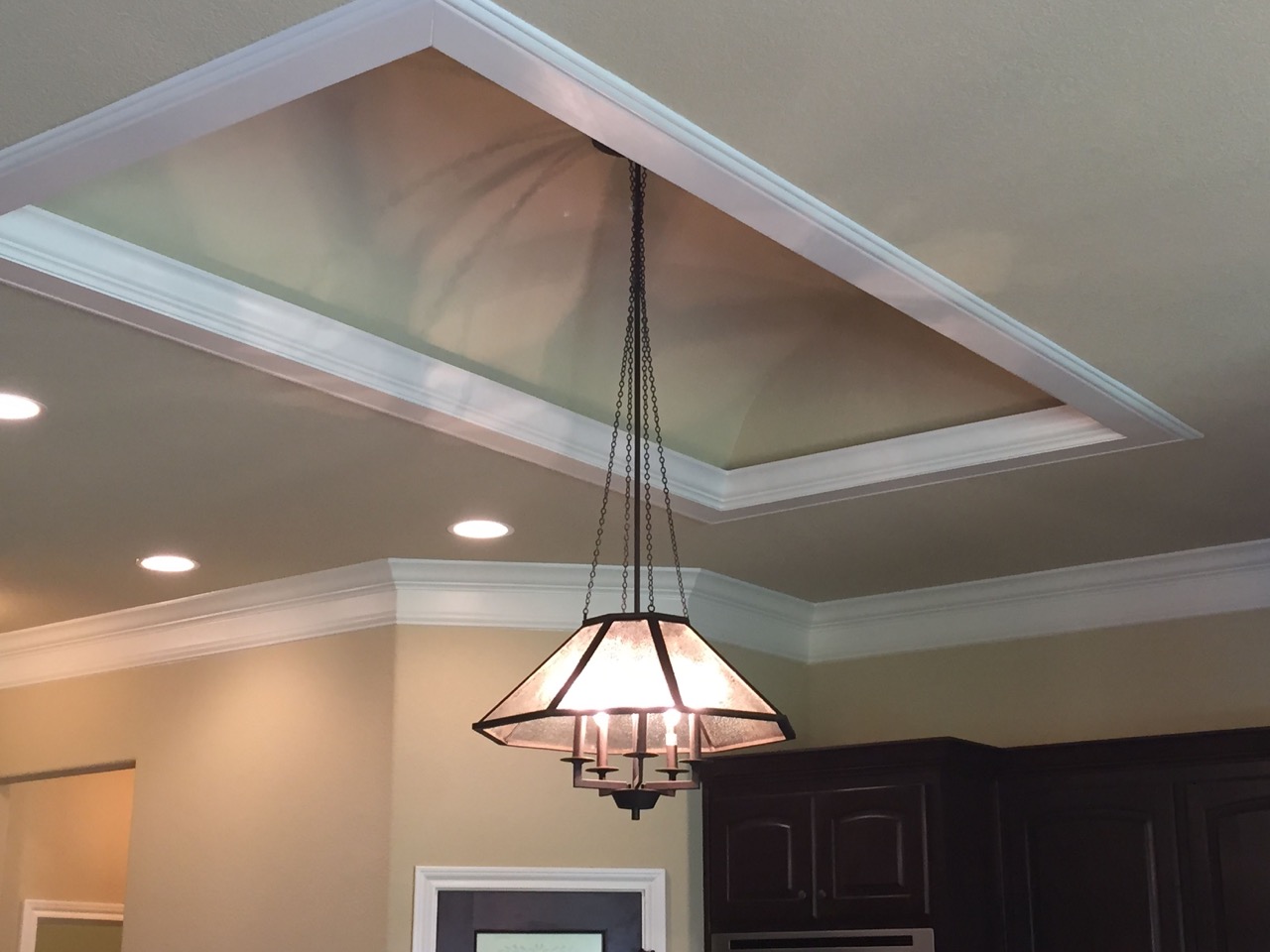
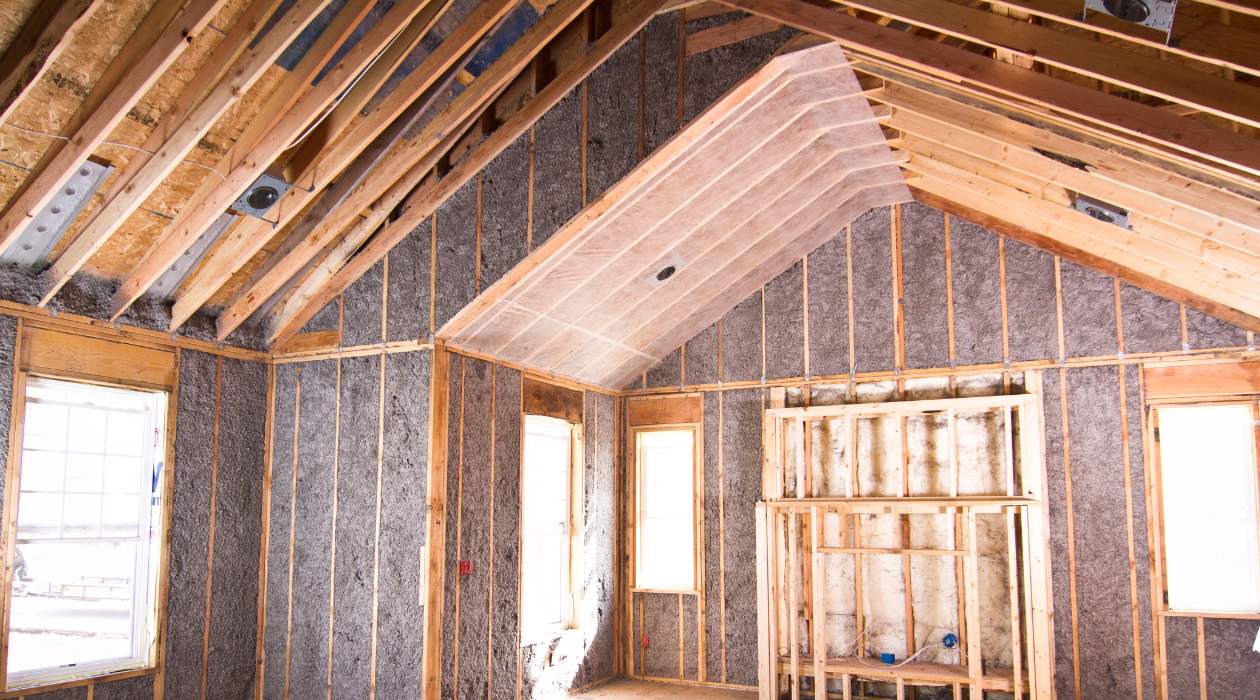
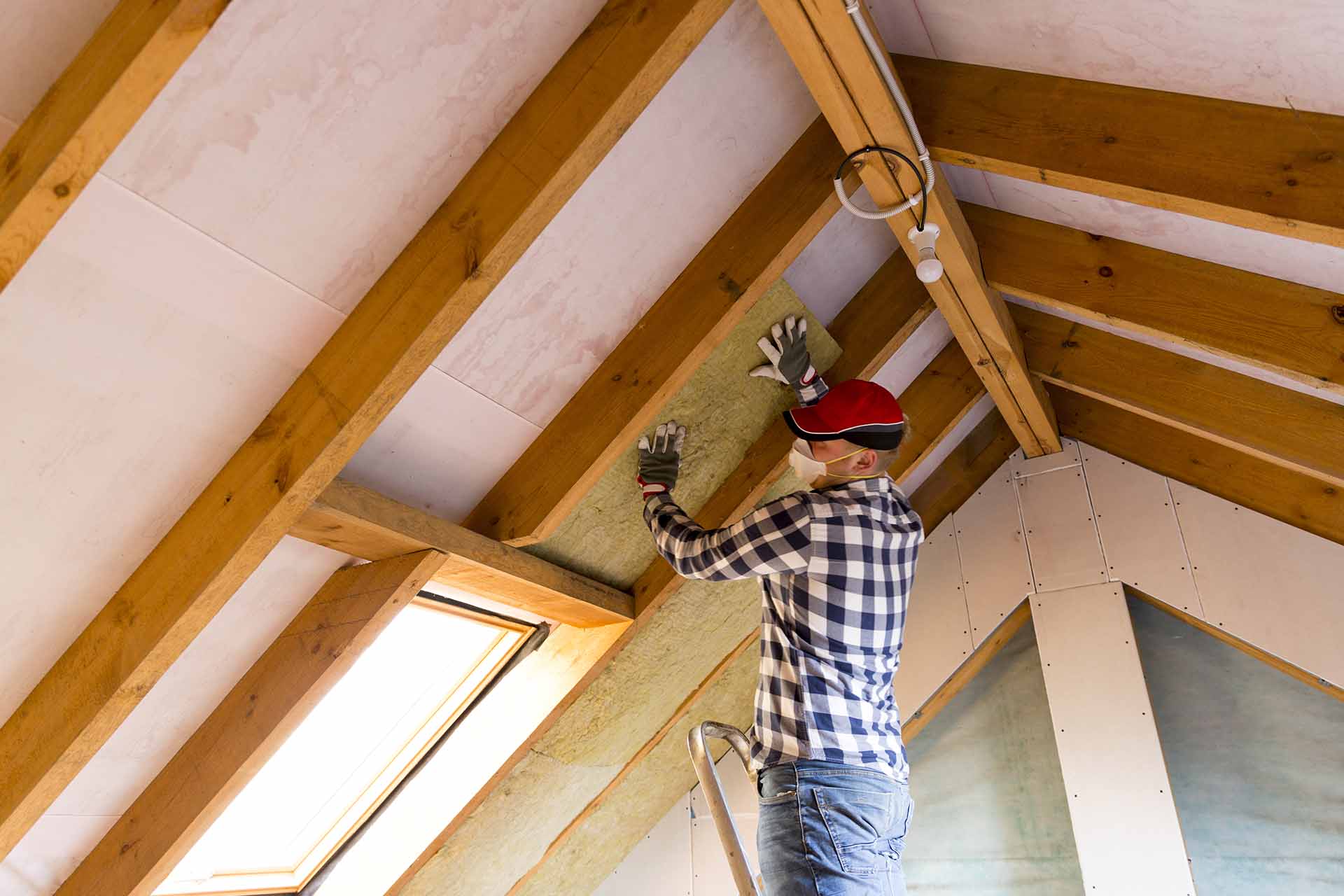
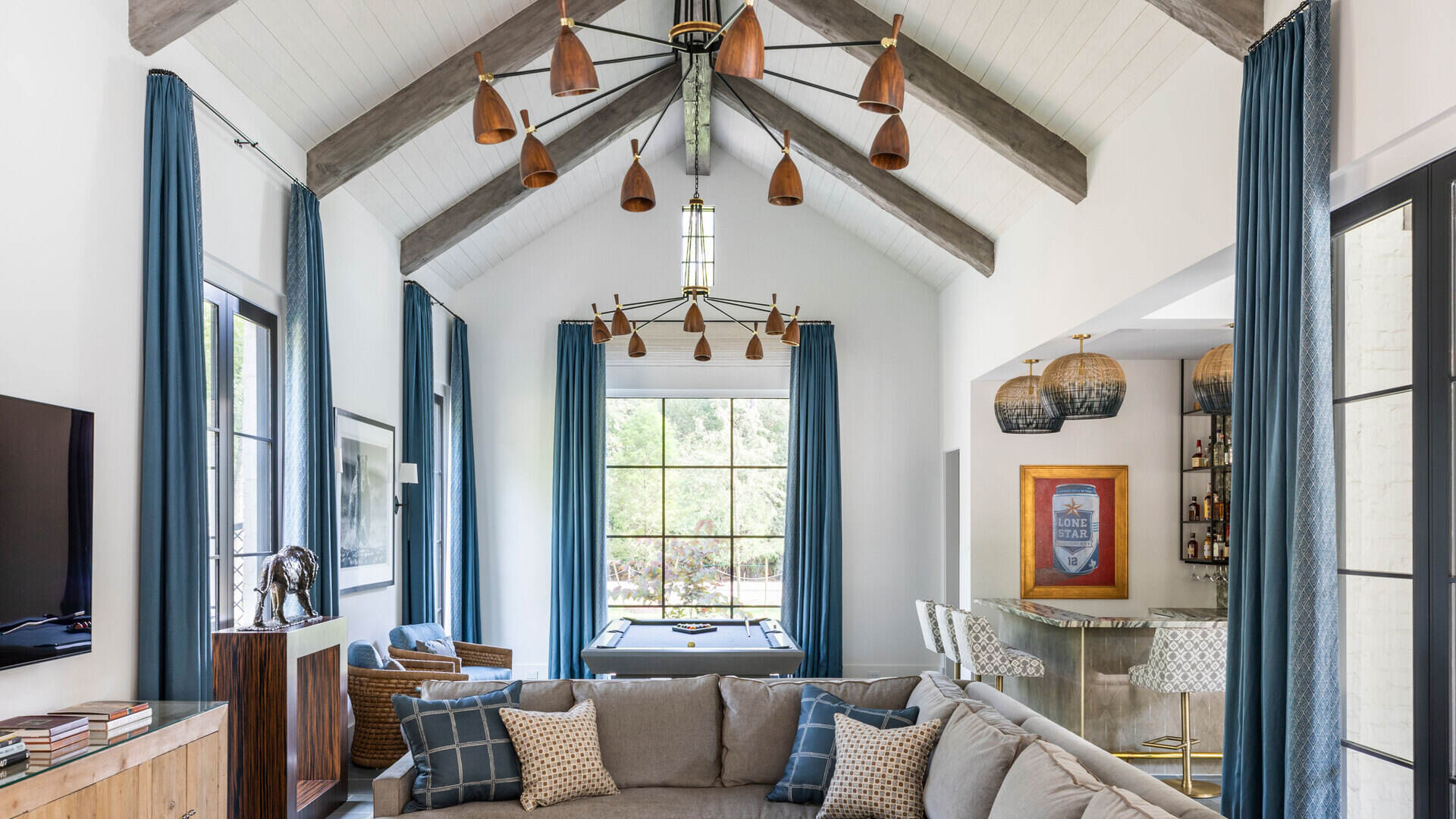
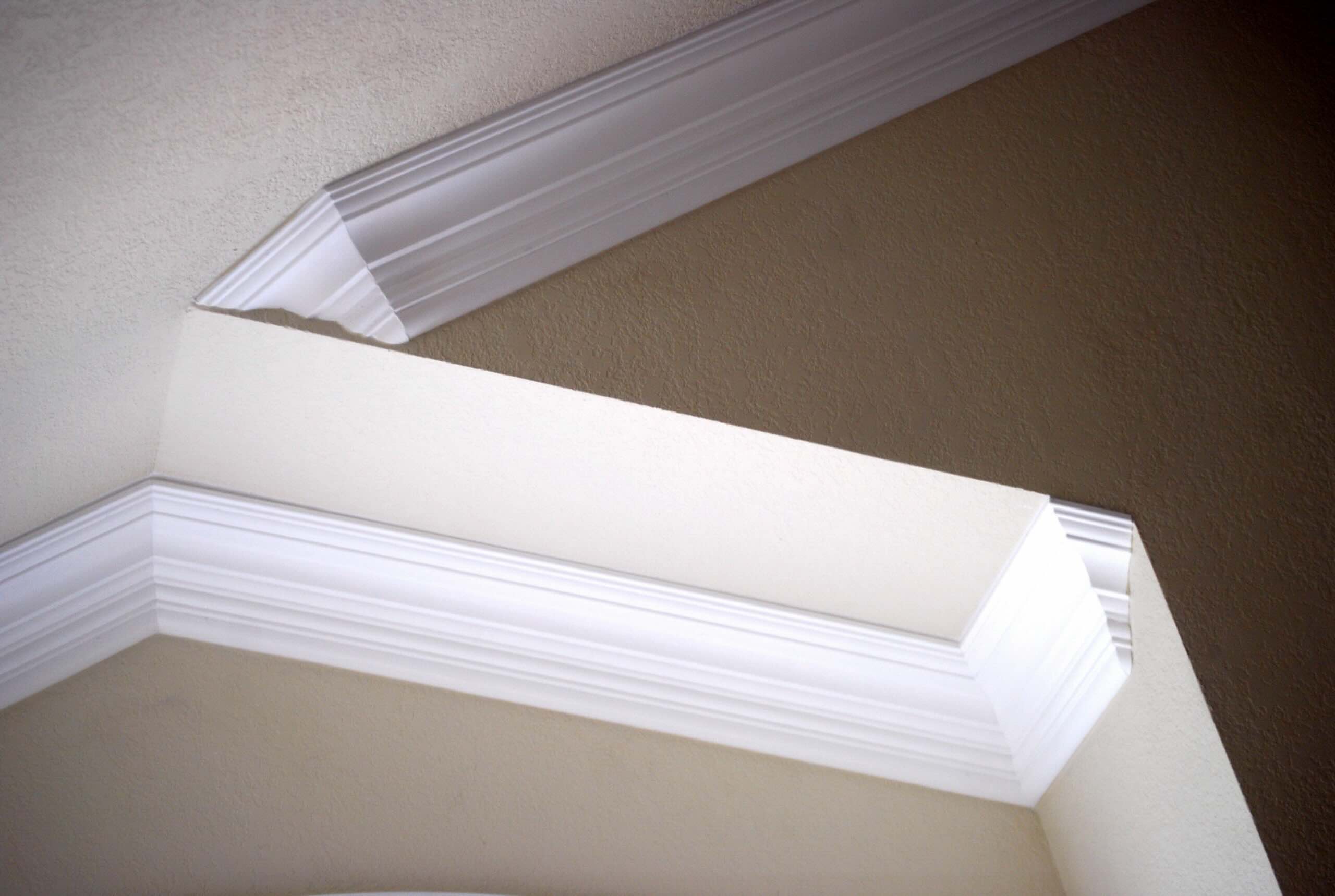
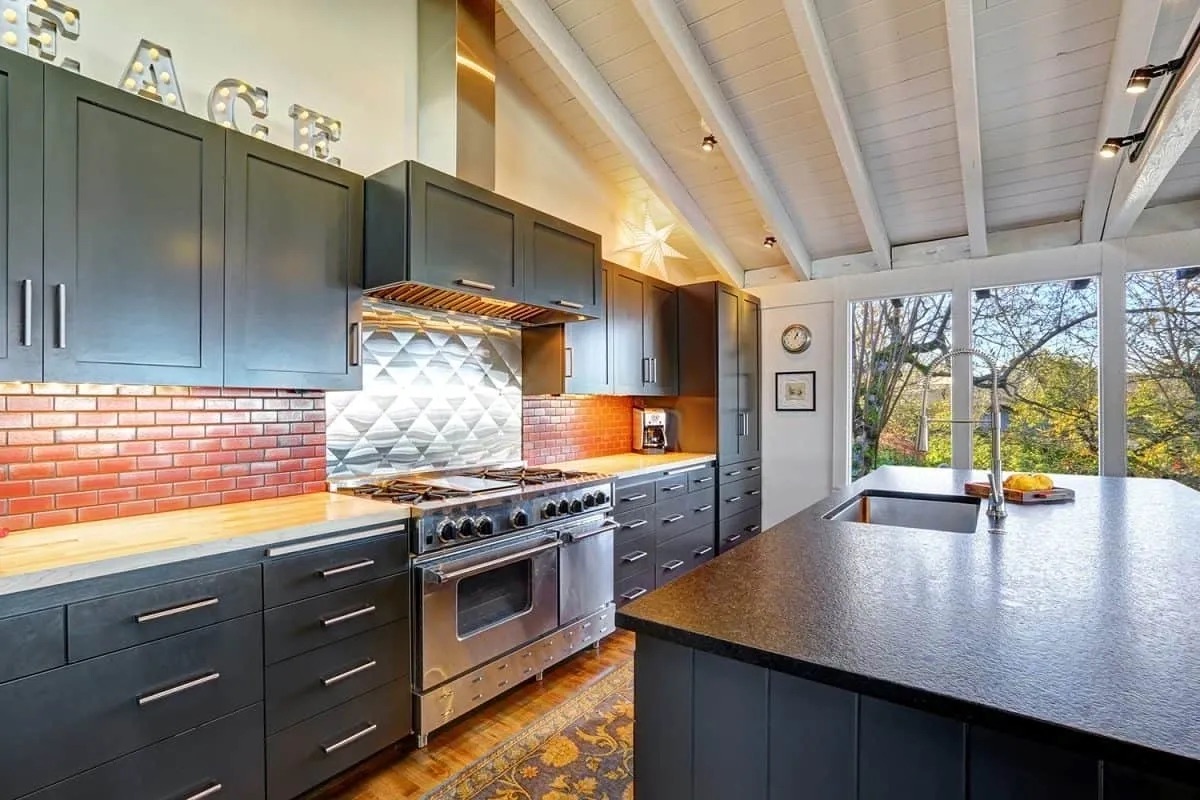

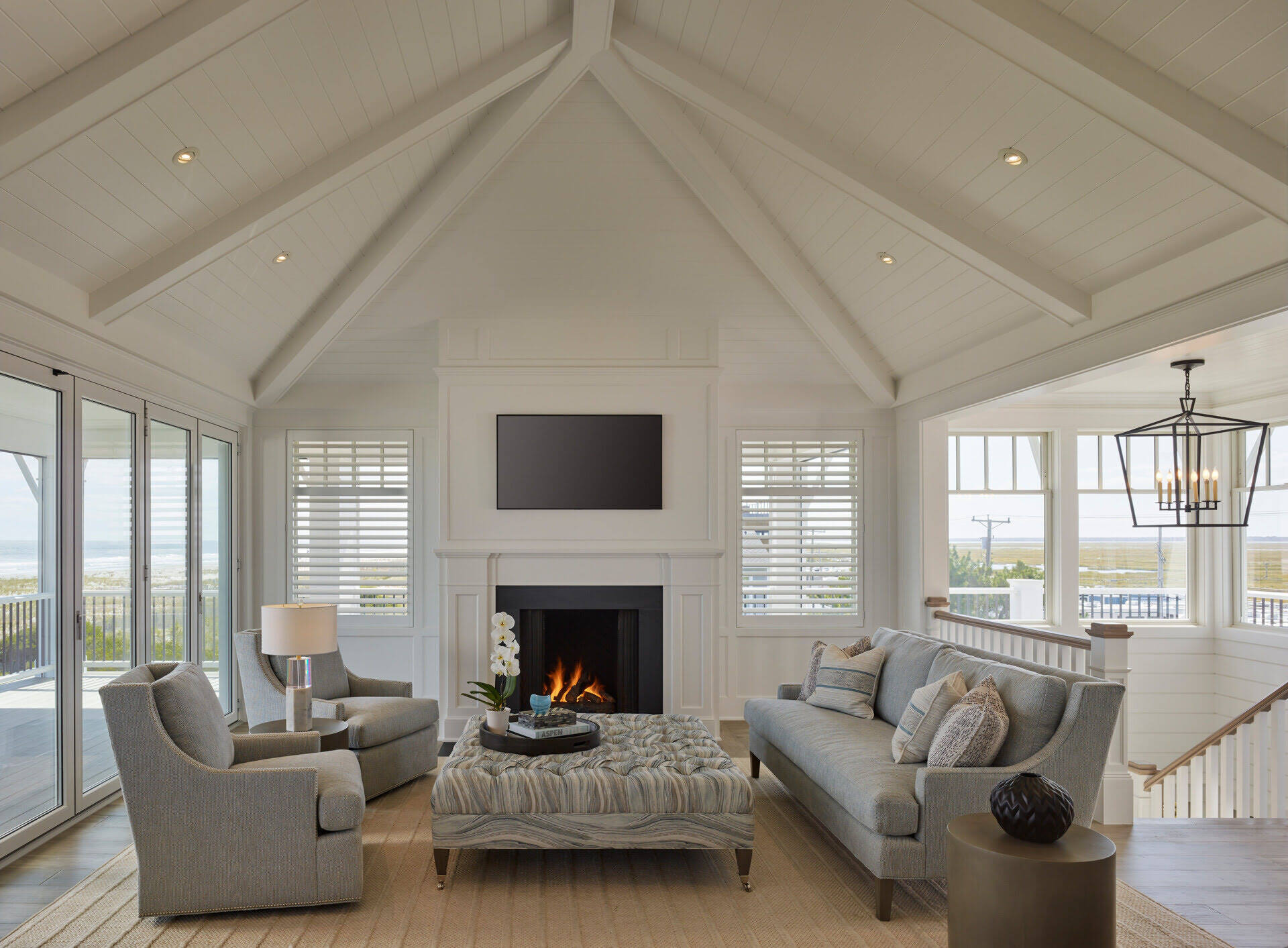
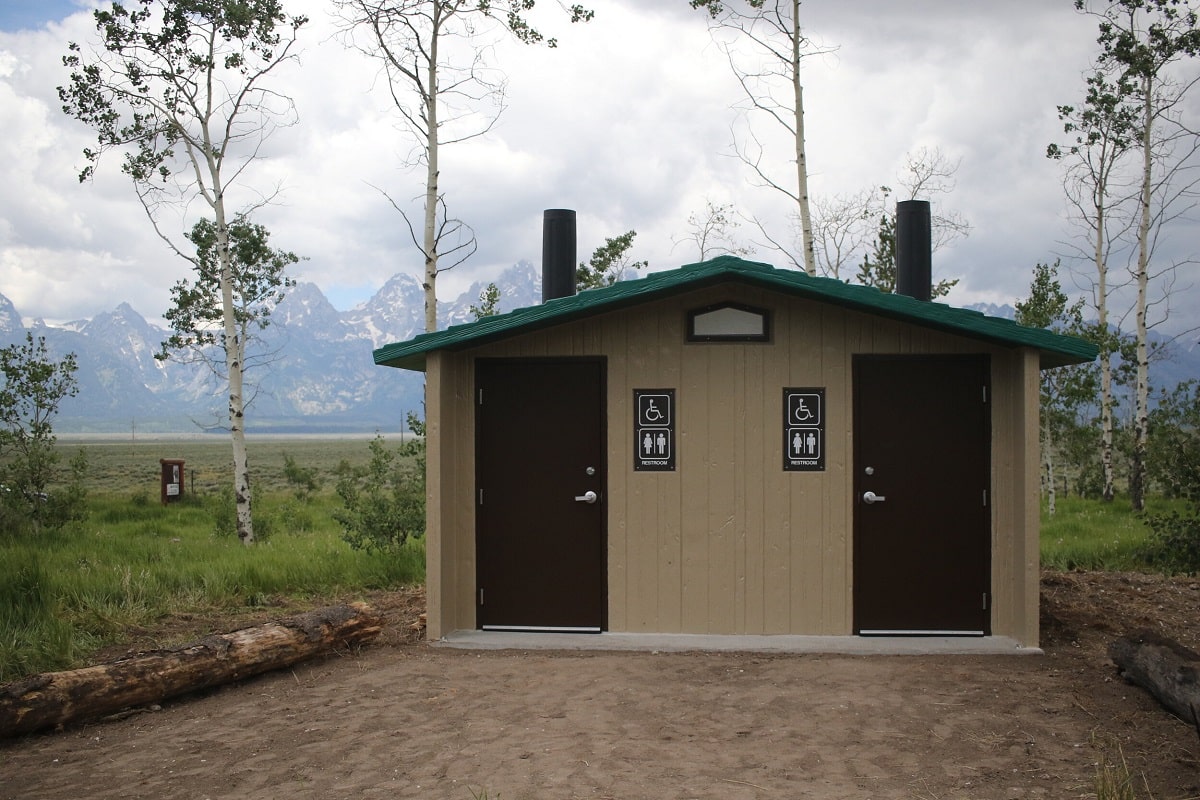
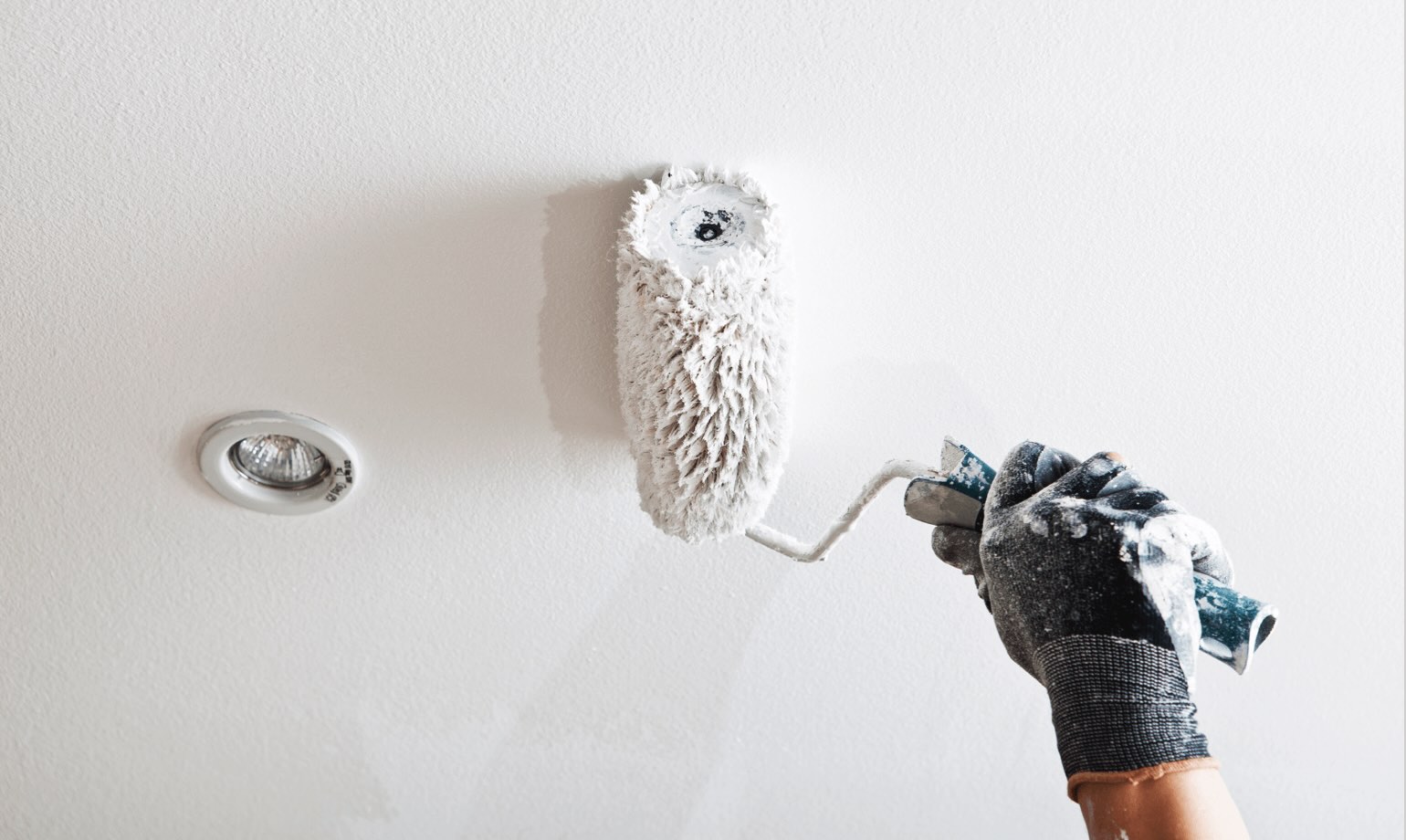
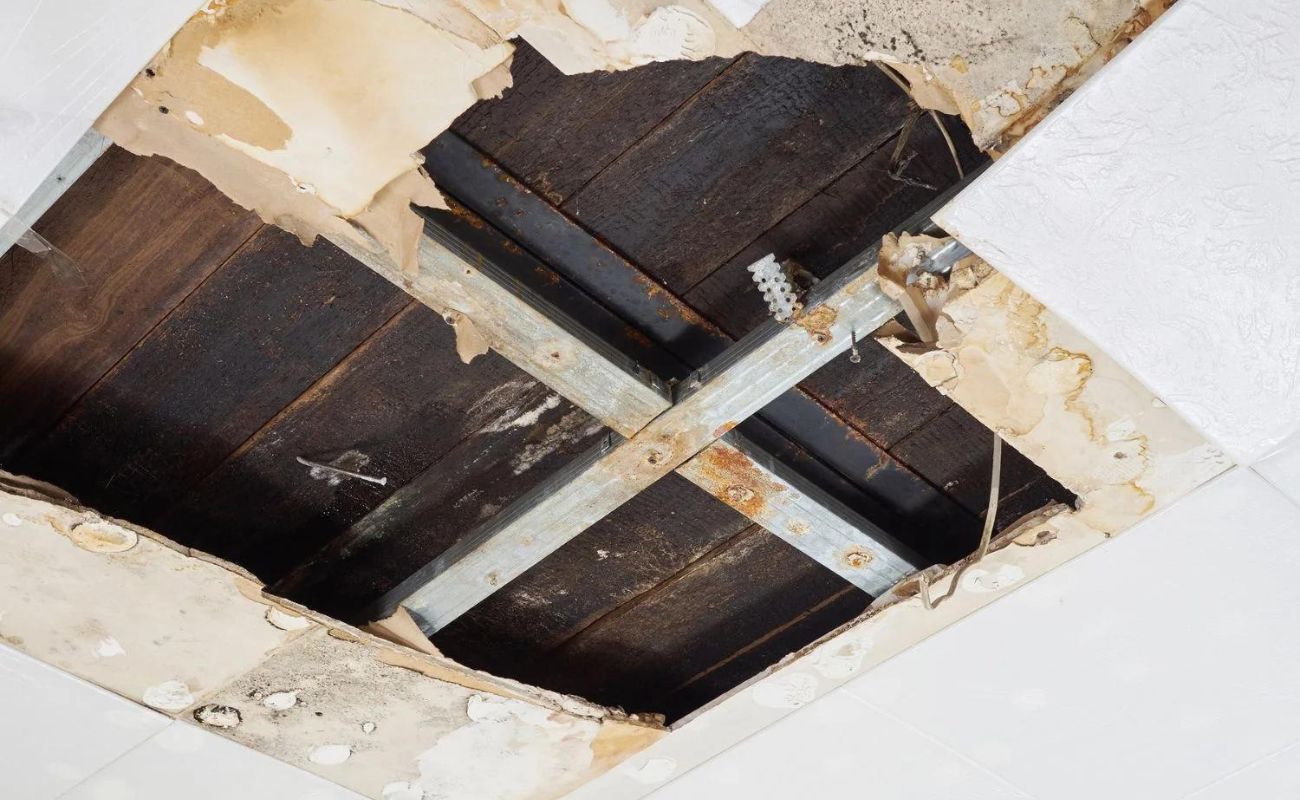
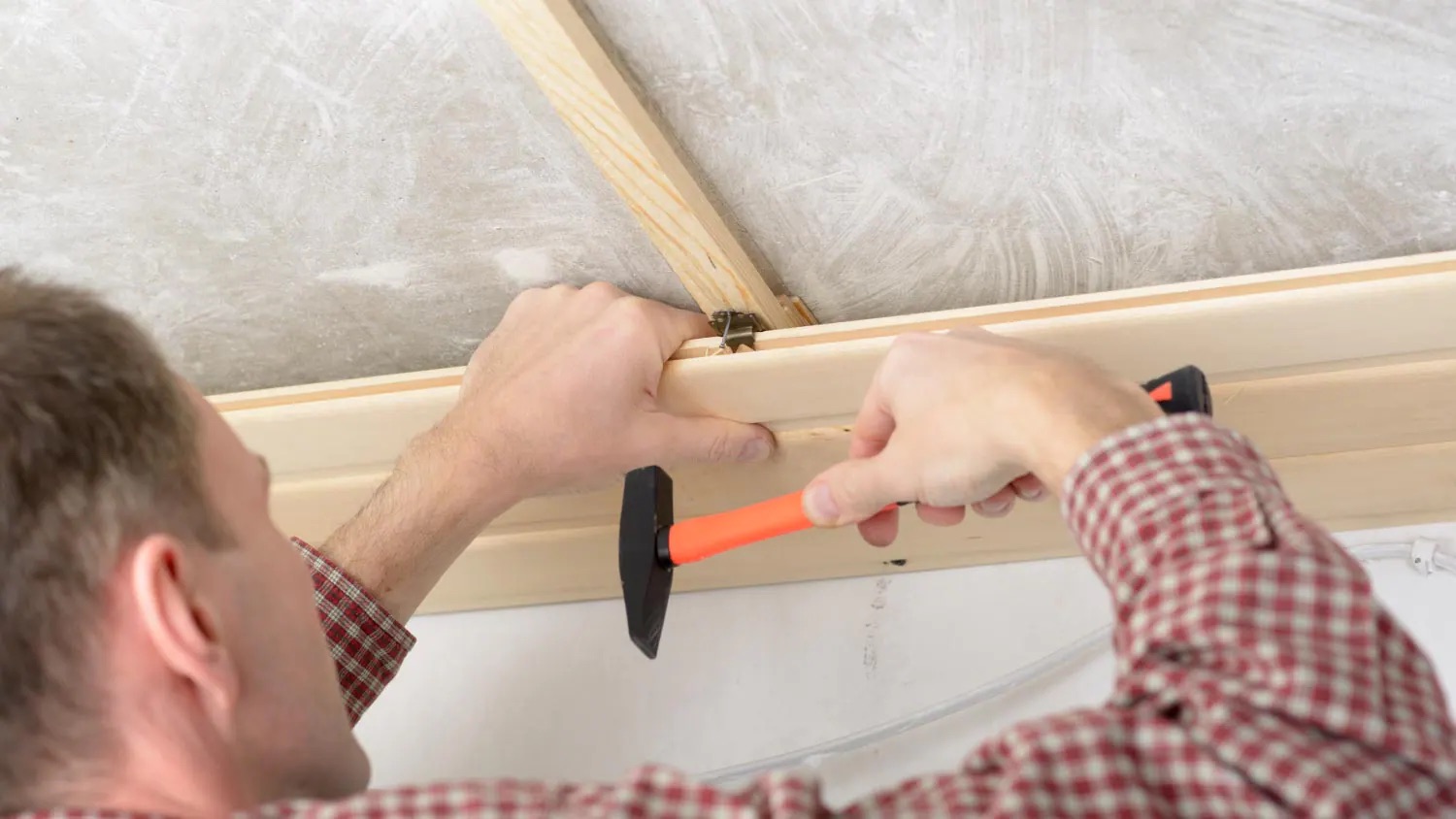
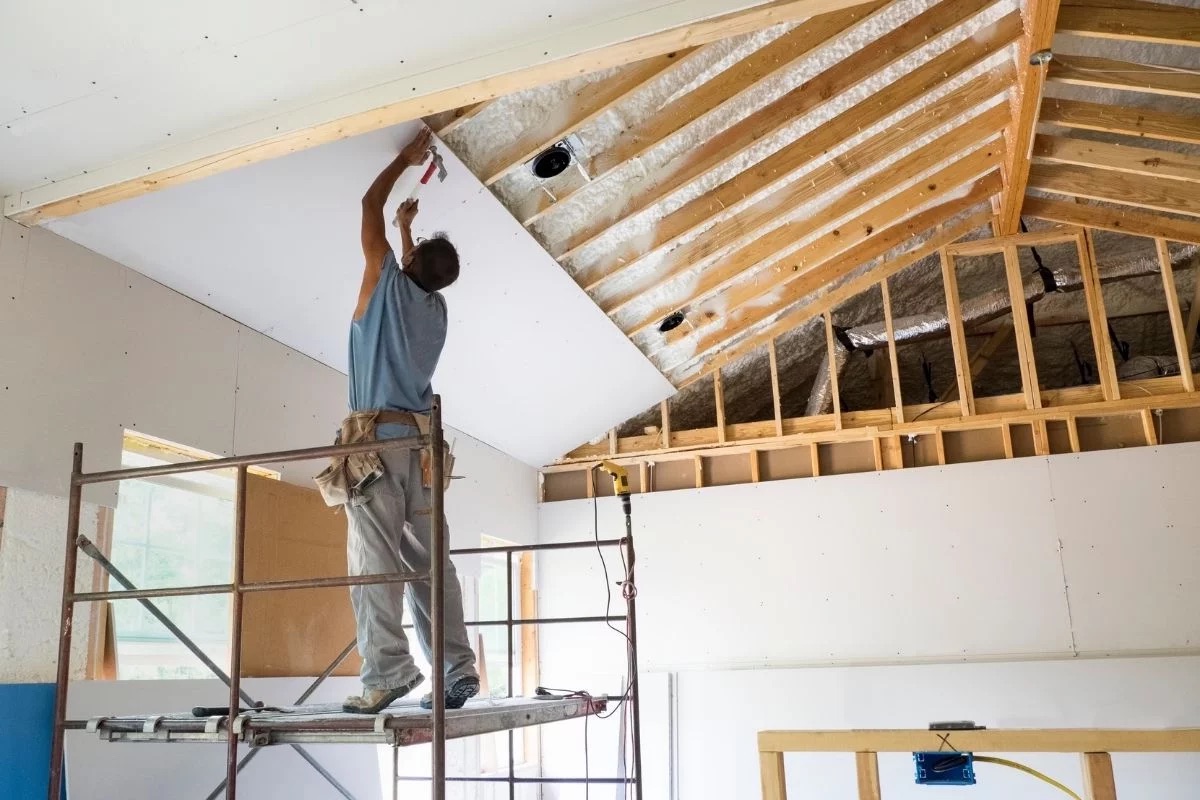

0 thoughts on “How Much To Vault A Ceiling”